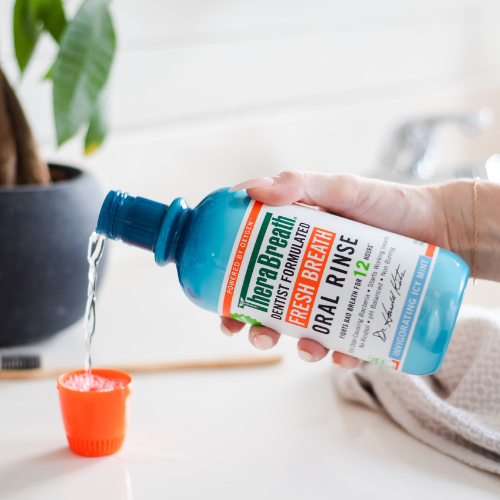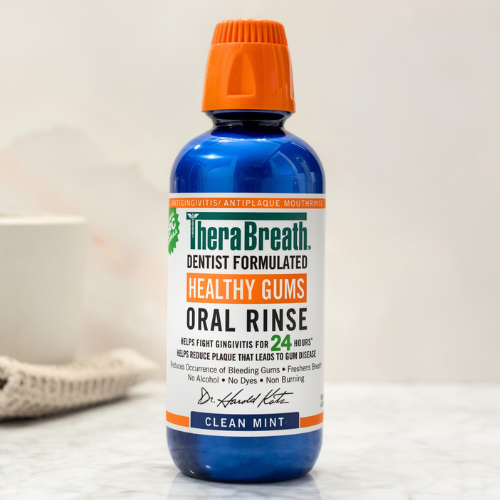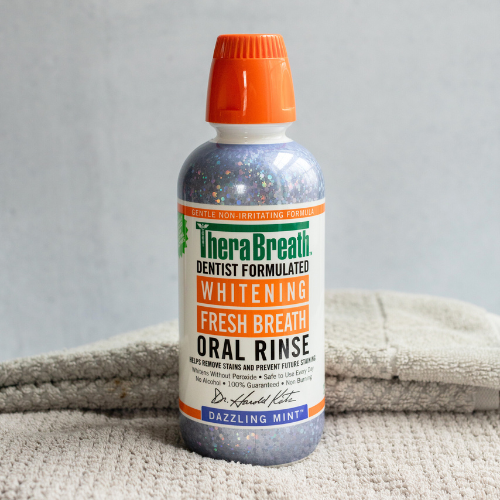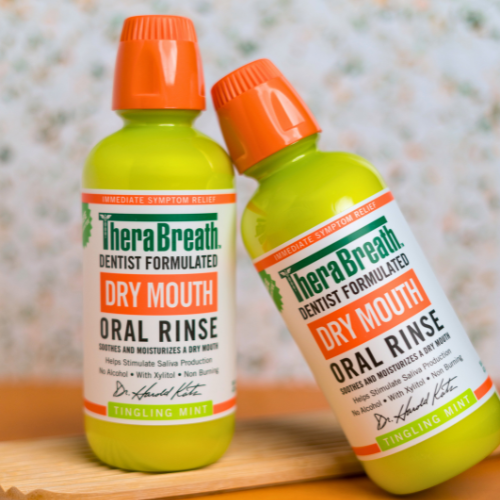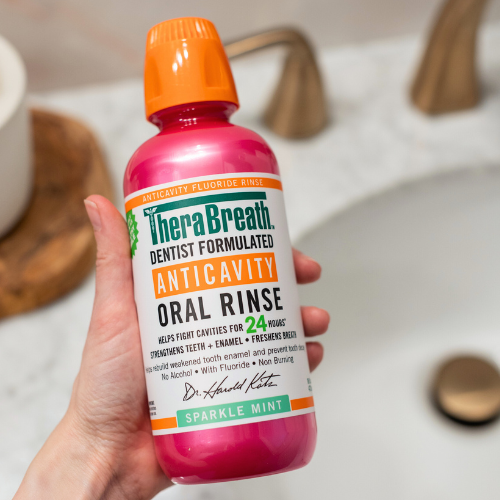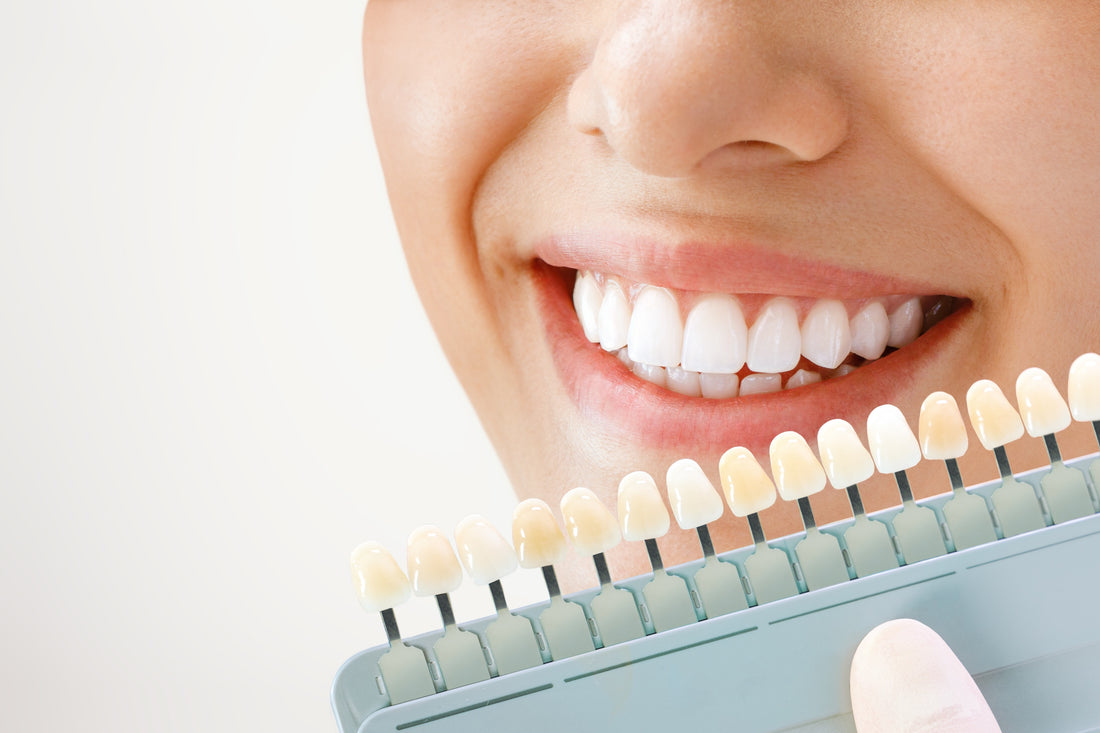
Secrets of Teeth Whitening at Home
Share
Dr. Katz began practicing dentistry in 1975, having just graduated with a DDS degree from UCLA and eager to make his mark as a dentist. He worked a double shift at a dental clinic near the corner of Hollywood and Vine—an intersection that was far from glamorous, especially when seeing emergency patients at 10:30 pm—and at a clinic near CBS Television City, where he once fixed the cracked denture of a famous Vaudevillian who was performing across the street. Dr. Katz believes that everybody loves a bright white smile, and there are many different procedures available to help improve the appearance of one's teeth. Regardless of the socioeconomic background of his patients, in Los Angeles, everyone was very image-conscious about their smiles. Back in the 70s, cosmetic dentistry often meant using "Pearl Drops" toothpaste. However, much has changed in the past 28 years, particularly in the last decade, in the field of teeth whitening, both in the dental office and at home.
Dr. Katz on Two Methods for Teeth Whitening:
Dental in-office teeth whitening is effective but can be time-consuming and expensive. In the early '90s, the process involved making molds of the patient's teeth, creating custom mouthpieces, and sitting with peroxide-filled molds for 1-2 hours over multiple visits, often costing between $500 and $1,000. Today, the most popular method is laser bleaching, which uses a concentrated peroxide gel activated by a special light. While effective, this procedure still comes with a hefty price tag and often requires follow-up treatments.
Home teeth whitening has become as effective as in-office treatments, and is more affordable and convenient. There are three main types: brush-on whitening, whitening strips, and trays with bleaching gels.
- Brush-on Whitening: This method is simple but often ineffective due to its reliance on the formula drying on teeth. Moisture can cause uneven results, and ingredients like alcohol and glycerin can lead to tooth sensitivity and bad breath.
- Whitening Strips: Easy to use but may not reach the grooves between teeth, leading to uneven whitening.
- Trays with Bleaching Gels: The most effective method, combining affordability and efficiency. Dr. Katz notes that most dental and retail bleaching gels are similar, but recommends using a gel with at least 21% concentration of active ingredients for best results. Be aware that glycerin in these gels can cause tooth sensitivity by drawing water out of the enamel.
Armed With This New Knowledge, What Should You Do?
Well, there are 4 KEY COMPONENTS to make sure you get the best possible tooth whitening every time you whiten your teeth.
- Immediately before bleaching, brush your teeth with an oxygenating toothpaste, like TheraBreath Mild Mint Toothpaste.
- Use form-fitting mouth trays that are fitted to your specific bite. Make sure they fit snugly around each tooth, and at all points they press firmly around the sides of your teeth and gums.
- Use a 21% concentrated bleaching gel based on carbamide peroxide that is formulated specifically to reduce the sensitivity to your teeth and gums. (In other words - no glycerin!)
- Immediately after bleaching, enhance the effect by using an oxygenating oral rinse, like TheraBreath Whitening Oral Rinse. Make sure to use a mouthwash without alcohol as this can actually chemically curtail the bleaching effect.
